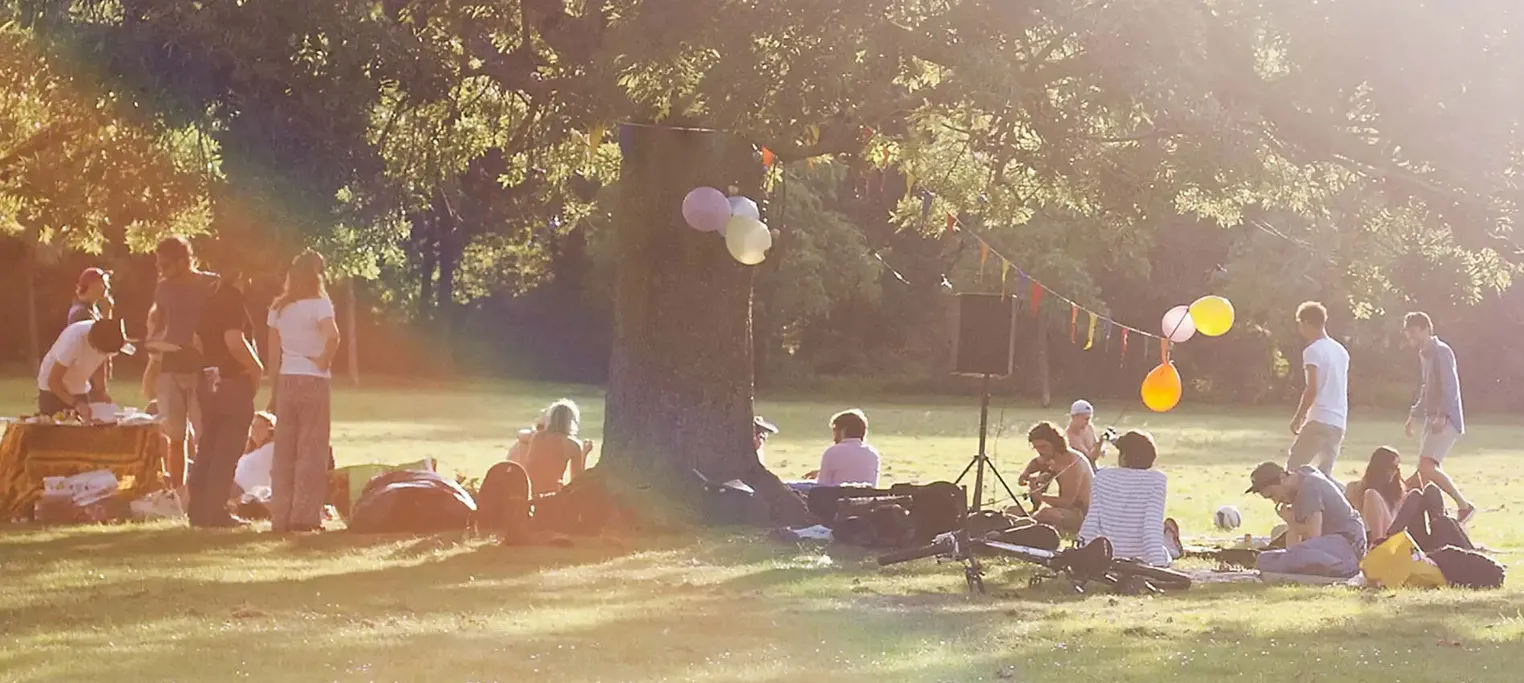January 16, 2025
Enjoying the sunshine, not the side effects: safer alcohol use in summer

Most Australians know how important it is to keep hydrated. And, you’re probably familiar with the Ss of sun safety ‘Slip, Slop, Slap, Seek and Slide’.1
What are the risks of drinking alcohol during summer?
What many may be less aware of is the toll that alcohol can take on summer health and safety.
In this article, we look at the risks associated with drinking alcohol in summer and ways to stay safer.
Drowning risk increases
Alcohol is one of the main causes of death from drowning. Globally, alcohol is thought to be involved in around 1 in 2 fatal, and 1 in 3 non-fatal, drownings.2
Many Australians drink alcohol near rivers3 and beaches during summer.4 And, it’s common in young people, particularly young men.
In Australia, almost 1 in 4 (23%) alcohol-related drowning deaths record a blood alcohol concentration (BAC) of more than .05.5
In addition, 41% of drownings at rivers involve alcohol.5
Alcohol-related drownings are also more common on public holidays and long weekends.5,6
There are a few reasons alcohol increases risks when swimming, including:
- impairing your judgement and ability to assess risk
- increasing risk-taking behaviour
- reducing coordination
- slowing reaction time
- decreasing the effectiveness of CPR.5,7
The risk can also remain even after you’ve stopped drinking and are hungover.
Drinking alcohol the night before is commonly involved in drowning deaths. These deaths are often the result from risky behaviours like people jumping into a river or the sea from a height.7
Sunburn risk increases
Drinking alcohol increases the risk of sunburn.8
Simply put: because alcohol has negative effects on the body it decreases the body’s ability to protect the skin from UV light.8
Dehydration risk increases
Alcohol is a diuretic. This means that when you consume alcohol the body releases more fluids in comparison to non-alcoholic drinks. This process can cause dehydration.9, 10
Dehydration and sun exposure are significant factors that lead to heat exhaustion and heatstroke.
Effects of heat-related illness include:
- headache
- nausea and dizziness
- delirium
- fainting
- coma.11
Road accident risk increases
During holiday periods, road traffic accidents and alcohol-related emergency visits can be higher.12,13
Alcohol contributes to road accidents. One in 5 Victorian drivers killed on roads have a BAC of 0.05 or higher.14
The Transport Accident Commission reports that impairment begins at 0.02 BAC, meaning smaller amounts of alcohol can affect your ability to concentrate and react appropriately when driving.14
Tips to keep safe in summer if you’re drinking
- Keep cool and stay hydrated by spacing alcoholic drinks with a glass of water.
- Avoid swimming after you’ve been drinking or while you’re recovering from a hangover.5,7
- If drinking outdoors, reapply sunscreen regularly, wear a hat, sunglasses and socialise in the shade.11
- Plan safe transport in advance by organising a friend or family member to be your designated driver, knowing your public transport options or calling a taxi/rideshare.
More information:
- Cancer Council Australia. Slip, Slop, Slap, Seek, Slide. Cancer Council Australia; 2025 [2025 Jan 14]
- Hamilton K, Keech JJ, Peden AE, Hagger MS. Alcohol use, aquatic injury, and unintentional drowning: A systematic literature review. Drug and Alcohol Review. 2018;37(6):752-73. [2025 Jan 14]
- Peden AE, Franklin RC, Leggat PA. Breathalysing and surveying river users in Australia to understand alcohol consumption and attitudes toward drowning risk. BMC Public Health. 2018; 18(1). [2025 Jan 14]
- Strasiotto L, Ellis A, Daw S, Lawes JC. The role of alcohol and drug intoxication in fatal drowning and other deaths that occur on the Australian coast. Journal of safety research. 2022;82:207-20. [2025 Jan 14]
- Royal Life Saving Australia. Alcohol and Water Safety. Royal Life Saving Australia; 2024 [2025 Jan 14]
- Strasiotto L, Ellis A, Daw S, Lawes JC. Public holiday and long weekend mortality risk in Australia: A behaviour and usage risk analysis for coastal drowning and other fatalities. Australian and New Zealand Journal of Public Health. 2023;47(3). [2025 Jan 14]
- Peden AE, Kuntsche E, Lawes JC. The surprising ways ‘swimming off’ a hangover can be risky, even if alcohol has left your system 2025. [2025 Jan 14]
- Darvin ME, Sterry W, Lademann J, Patzelt A. Alcohol Consumption Decreases the Protection Efficiency of the Antioxidant Network and Increases the Risk of Sunburn in Human Skin. Skin Pharmacology and Physiology. 2012;26(1):45-51. [2025 Jan 14]
- Hobson RM, Maughan RJ. Hydration status and the diuretic action of a small dose of alcohol. Alcohol and Alcoholism. 2010;45(4):366-73. [2025 Jan 14]
- Maughan RJ, Watson P, Cordery PA, Walsh NP, Oliver SJ, Dolci A, et al. A randomized trial to assess the potential of different beverages to affect hydration status: development of a beverage hydration index. American Journal of Clinical Nutrition. 2016;103(3):717-23. [2025 Jan 14]
- Better Health Channel. Heat-related health problems. Melbourne: Victoria Government Department of Health; 2024 [2025 Jan 14]
- Rosenfeld H, Byard RW. Temporal trends in vehicle fatalities on South Australian roads: an analysis of the holiday road toll. Australian Journal of Forensic Sciences. 2012;44(3):295-8. [2025 Jan 14]
- Hagan SR, Crilly J, Ranse J. Alcohol-Related Presentations to Emergency Departments on Days with Holidays, Social, and Sporting Events: An Integrative Literature Review. Prehospital and Disaster Medicine.38(6):764-73. [2025 Jan 14]
- Transport Accident Commission. Drink driving. 2025 [2025 Jan 14]


